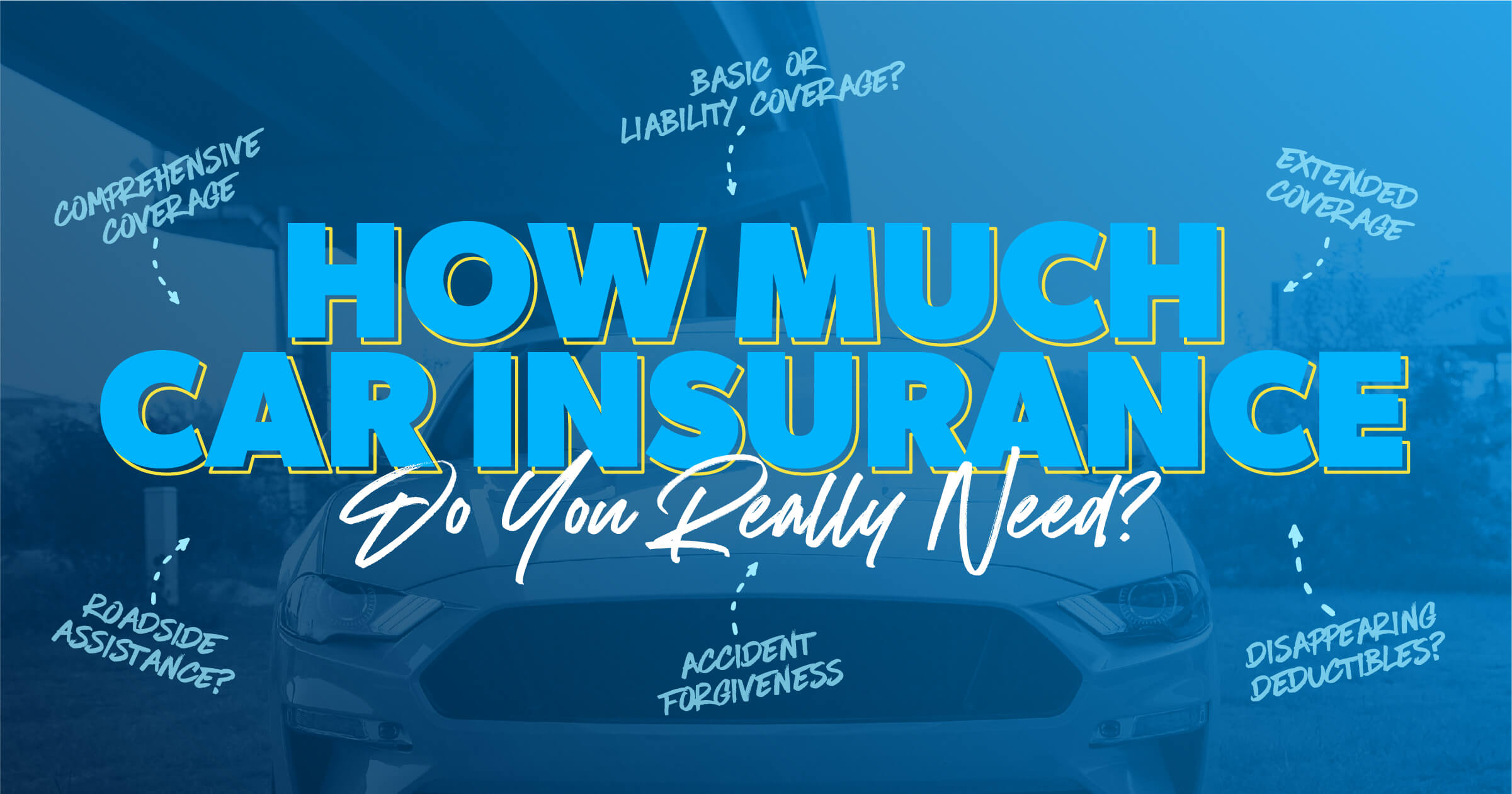Introduction
Welcome to the ultimate guide on auto insurance requirements by state! Whether you're a seasoned driver or a new motorist hitting the road, understanding your state's auto insurance regulations is crucial. The world of auto insurance can be confusing, but we're here to simplify it for you. In this blog post, we'll break down the essentials of auto insurance, providing you with an in-depth look at the requirements in each state. By the end of this article, you'll be well-versed in what's expected of you on the road, helping you make informed decisions that protect both your wallet and your safety.
Let's dive into this comprehensive guide, demystifying the fascinating world of auto insurance requirements.
Understanding Auto Insurance Basics
Before we delve into state-specific requirements, let's get a firm grasp on the fundamentals of auto insurance.
Coverage Types: The Essentials
Auto insurance typically consists of several types of coverage, including:
- Liability Insurance: This covers injuries and property damage to others if you're at fault in an accident.
- Collision Coverage: This pays for damage to your vehicle in an accident, regardless of who's at fault.
- Comprehensive Coverage: Protects your vehicle from non-accident-related incidents, such as theft, vandalism, or natural disasters.
- Personal Injury Protection (PIP): Covers medical expenses and lost wages for you and your passengers.
- Uninsured/Underinsured Motorist Coverage: Protects you in the event of an accident with an uninsured or underinsured driver.
Now that we have a basic understanding of auto insurance, let's move on to the main topic: auto insurance requirements by state.
Auto Insurance Requirements by State
Each state in the US has its own set of regulations when it comes to auto insurance. These requirements often include minimum coverage limits and specific coverage types. To help you navigate this, we've divided the states into three categories:
1. States with Minimum Coverage Requirements
These states mandate a minimum level of auto insurance coverage that drivers must maintain. Typically, the requirements include:
- Liability coverage.
- Minimum coverage limits (e.g., $25,000 for bodily injury per person and $50,000 per accident).
- Notable examples of these states include California, New York, and Texas.
2. States with "No-Fault" Insurance Systems
In "no-fault" states, drivers turn to their own insurance provider, regardless of fault, to cover medical expenses after an accident. These states may require:
- PIP coverage.
- Liability insurance, though the minimum limits vary.
Michigan, Florida, and New Jersey are a few states with "no-fault" insurance systems.
3. States with Uninsured/Underinsured Motorist Requirements
In some states, it's essential to have uninsured/underinsured motorist coverage to protect you from drivers with insufficient insurance. Such states often require:
- Liability coverage.
- Uninsured/underinsured motorist coverage.
Pennsylvania, Illinois, and Ohio fall into this category.
Keep in mind that the specifics can vary, so it's crucial to check your state's Department of Motor Vehicles (DMV) or consult your insurance provider for precise details.
Factors Influencing Auto Insurance Requirements
Several factors can influence the auto insurance requirements within a state:
- Population Density: Urban areas may have higher requirements due to increased accident risk.
- State Laws: Some states have unique laws affecting insurance needs.
- Road Safety: States with high accident rates may require more coverage.
- Economic Conditions: States with higher costs of living may mandate more coverage.
Conclusion
In summary, understanding your state's auto insurance requirements is essential for responsible and legal driving. The requirements can vary significantly, and it's crucial to stay up-to-date with any changes in your state's regulations.
As you explore this comprehensive guide, keep in mind that the best way to ensure you meet your state's auto insurance requirements is to consult with a qualified insurance agent who knows your state's unique laws. They can help you build a policy tailored to your needs and budget while ensuring you remain compliant with the law.
Remember, auto insurance isn't just about following the rules; it's about protecting yourself and others on the road. Drive safe, stay informed, and make responsible choices to keep our roads a safer place for all.
Thank you for reading, and we hope you found this guide informative and helpful. If you have any questions or need further assistance, please don't hesitate to reach out to us.


Post a Comment